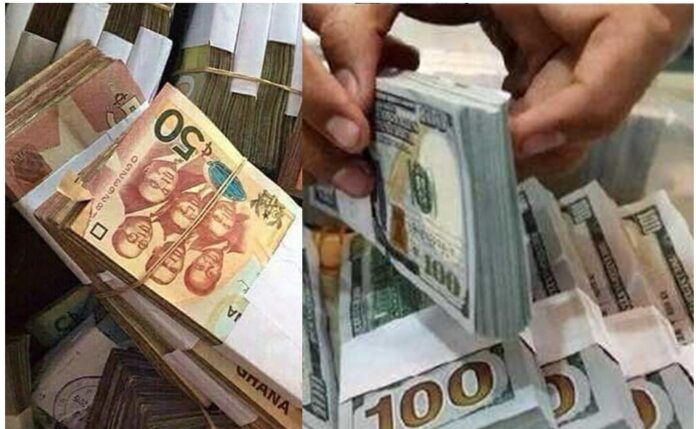The rally of the Ghanaian cedi has lost momentum, with its appreciation against the U.S. dollar slumping by half from mid-year highs.
Bank of Ghana data shows the cedi has gained 21% year-to-date as of September 2025, compared with a striking 42.6% surge in June. On the interbank market, the currency traded at GH¢12.15 per dollar in September, retreating nearly 20% from its peak levels.
Also Read: Don’t allow your officers to ambush you- Local Gov’t Committee Chair to Upper Denkyira East MCE
This reversal has eroded part of the cedi’s earlier gains that had propelled it to the top of global currency rankings.
Against other majors, performance was mixed. The cedi strengthened 6.9% against the euro to GH¢14.23 in September and gained 11.8% versus the British pound, settling at GH¢16.45. However, these gains pale in comparison to its June surge of 30.3% against the pound and 25.6% versus the euro.
Looking ahead to the final quarter, analysts say import demand, remittance flows, and monetary policy will be critical in shaping the cedi’s trajectory.
Central Bank Governor, Dr. Johnson Asiama, attributed the slowdown to seasonal trade pressures and weaker remittance inflows, though he stressed the impact has been contained.
“Despite seasonal pressures and weaker remittances in recent weeks, the cedi remains one of the world’s strongest currencies, appreciating by about 21% as of September 12,” Dr. Asiama said at the opening of the Monetary Policy Committee meeting on September 15.
He noted the cedi’s resilience alongside currencies such as the Russian ruble, Swedish krona, Norwegian krone, Swiss franc, euro, and the British pound.
Dr. Asiama pledged that the central bank would stay vigilant and intervene when necessary to preserve stability in the local currency.


